The First Time
Standing at the aircraft door at 13,000 feet, I felt my heart was about to jump out of my chest! The cold wind whistled past my face, and my legs were trembling uncontrollably. To be honest, at that moment I really wanted to back out, but thinking about all the preparation done on the ground and the continuous encouragement from my instructor, I told myself: there's nothing to fear, you can do this!
Actually, I've been afraid of heights since childhood, even climbing five floors would make my legs weak. But seeing those skydiving photos in my social media feed was just too cool, especially that feeling of freely soaring among blue skies and white clouds - it was absolutely amazing! So driven by an impulse purchase, I signed up for skydiving training. Honestly, this might be the craziest decision I've made in my life, but looking back now, it was totally worth it!
Safety First
Many people might worry about skydiving safety, but there's really no need. Modern skydiving equipment has undergone strict safety certification, and professional staff carefully inspect everything before each jump. The probability of main parachute malfunction is already very low, and even if there is a problem, there's still a reserve parachute as backup.
I remember my instructor telling me that modern skydiving equipment is equipped with Automatic Activation Devices (AAD), which automatically triggers if the skydiver hasn't deployed their parachute by a certain altitude. It's like having an invisible safety guardian assigned to each skydiver, making the whole process more secure.
Moreover, every drop zone has strict weather monitoring systems, and staff will unhesitatingly cancel jumps if weather conditions are unsuitable. Sometimes it might seem they're being too cautious, but when it comes to safety, it's better to be overly cautious than careless.
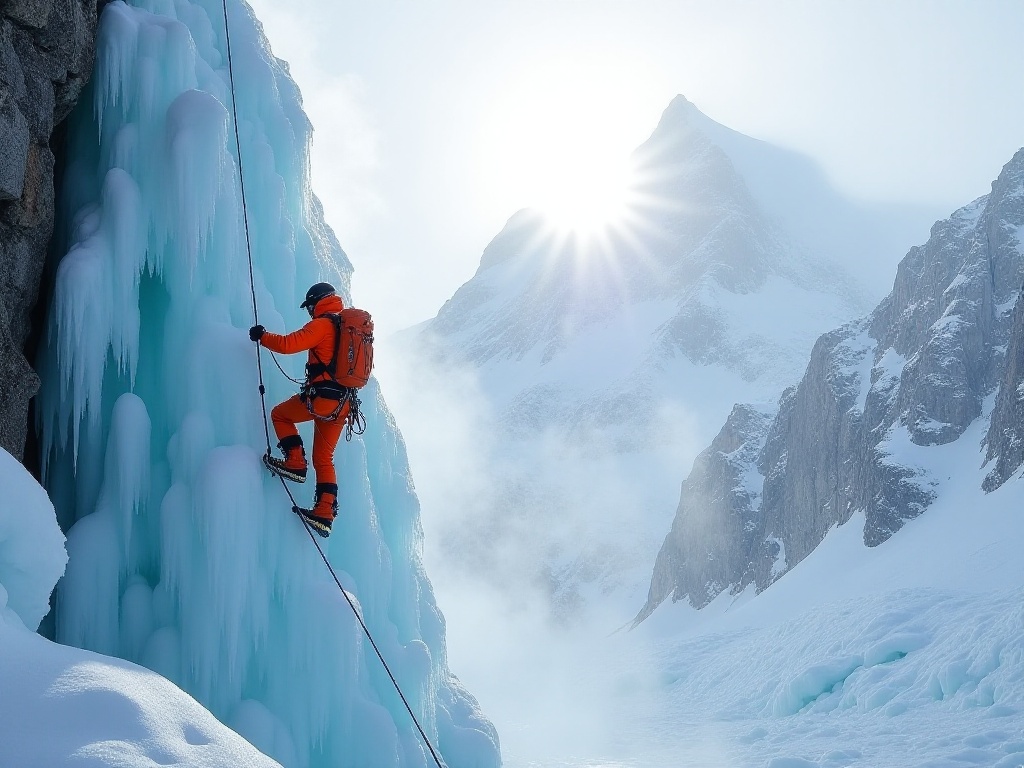
Equipment Analysis
When I first saw skydiving equipment, I was absolutely amazed! This wasn't just a parachute, it was practically a miniature aviation system. The main parachute neatly packed, reserve parachute tucked away at the top of the container, altimeter worn on the wrist like a specialized sports watch.
The instructor particularly emphasized parachute maintenance. It turns out parachutes aren't just buy-and-use forever items; they need regular inspection and maintenance. After each jump, you need to carefully check for damage, and periodically send them for professional comprehensive testing. It reminded me of car maintenance, except this "vehicle" flies in the sky.
Goggles are also crucial equipment, and regular sunglasses won't suffice. Without professional goggles, strong winds at altitude might prevent you from opening your eyes. I borrowed my instructor's pair for my first jump, but later bought my own after getting hooked on skydiving.
Professional jumpsuits are also particular, with different suits for different seasons. Summer might look hot, but temperatures at altitude can be around freezing, so warmth is important. Winter is even more crucial - you must wear professional insulated jumpsuits, or you might freeze at altitude.
Training Process
Honestly, the training was much more demanding than I imagined. On the first day, just sitting in the classroom for theory lectures made my head spin. Professional terms were flying around - air pressure, wind speed, cloud height - it felt like a college physics class.
But from the second day, things got more interesting. We practiced exit positions on the ground, maintaining an arch position for stability in the air. The instructor also taught us how to adjust direction in the air by changing body position. The funniest part was landing practice, where we lay on skateboard-like equipment to simulate various landing scenarios.
The most memorable part was emergency procedure training. The instructor would randomly call out various emergency situations, and we had to respond correctly in the shortest time possible. Initially, I was all thumbs, but with practice, it became muscle memory. Honestly, this training was exhausting, but thinking it could save your life in a crucial moment made it all worthwhile.
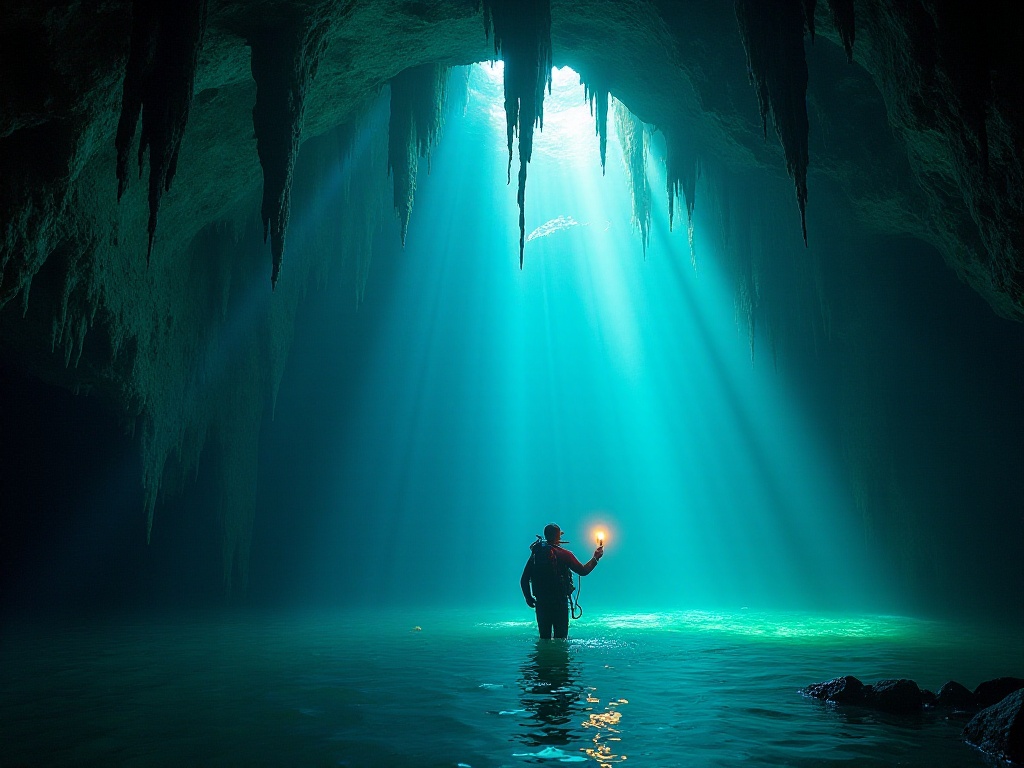
First Jump Experience
Finally came the day for actual combat! The weather was perfect that day, blue skies and white clouds, with excellent visibility. On the plane, my palms were sweating from nervousness, but looking out the window, I also felt incredibly excited.
The moment of jumping, honestly, my mind went blank. By the time I realized what was happening, I was already in freefall. That feeling is really hard to describe in words, somewhat like a roller coaster but a thousand times more thrilling! The air whooshed past my ears, and I felt like I'd become a bird.
The most magical part was how unreal the ground looked from up high, like looking at a giant map. Snow-capped mountains looked like they'd been painted with white paint, lakes reflected sunlight like mirrors, and grasslands spread out like green carpets on the earth.
The moment of opening the parachute was also incredible, suddenly transitioning from rapid descent to gentle floating, and the whole world becoming quiet. The feeling of gliding slowly through the air was absolutely wonderful! I remember silently vowing then that this definitely wouldn't be my last skydive.
Advanced Techniques
As my jump numbers increased, I started learning some advanced techniques. For example, free flying involves performing specific movements in the air. The basics include turns and front/back flips, requiring good body control. It took me a long time to stabilize these movements, but each success brought a special sense of achievement.
Formation skydiving is an even more advanced practice, requiring multiple person coordination. Imagine holding hands with other skydivers at 30,000 feet to form various patterns - cool, right? But it's really challenging, requiring precise spatial distance control and coordinated teamwork. I participated in a four-person formation training once, and just getting close to other skydivers made me nervous.
There's also an extreme form called wingsuit flying, where you wear a special suit that allows you to glide long distances in the air. However, this is really dangerous and requires at least hundreds of regular jumps before attempting. I'm still diligently practicing basics now, only able to admire wingsuit flying from afar.
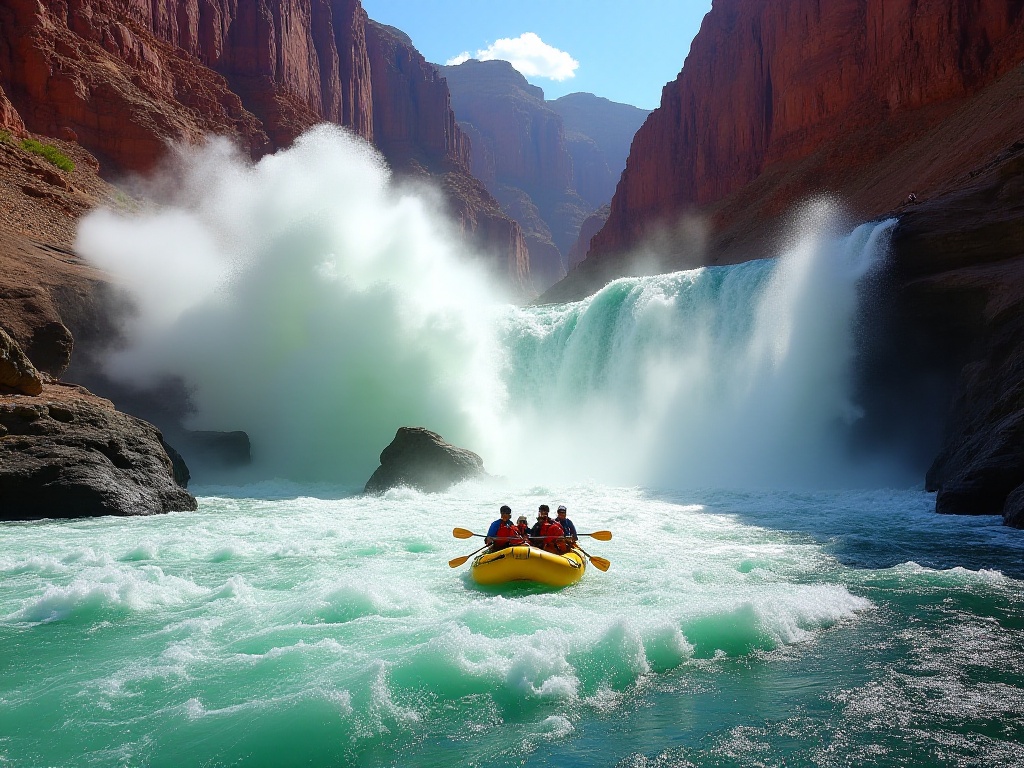
Equipment Selection
Regarding equipment selection, I can share my experience. Initially, I rented club equipment, which allowed me to experience different brands and find what suited me best.
Main parachute selection requires special caution as it directly relates to safety. There are many brands on the market, ranging from 20,000 to 50,000 yuan. I chose a mid-range product from an American brand with good value for money. Although rarely used, the reserve parachute is equally important; I chose one from the same brand for operational consistency.
I now use an electronic altimeter that can record data from each jump and transfer it to my phone via Bluetooth. Although more expensive than mechanical ones, its functionality is really powerful. I've tried several pairs of goggles, finally settling on ones with excellent anti-fog properties, especially useful for jumps in cloudy conditions or early morning/evening.
I have both summer and winter professional suits, both made of highly breathable materials. The summer one is lighter, mainly for sun and wind protection, while the winter one focuses on warmth. Equipment choice is really important - if you're not comfortable, it affects the entire skydiving experience.
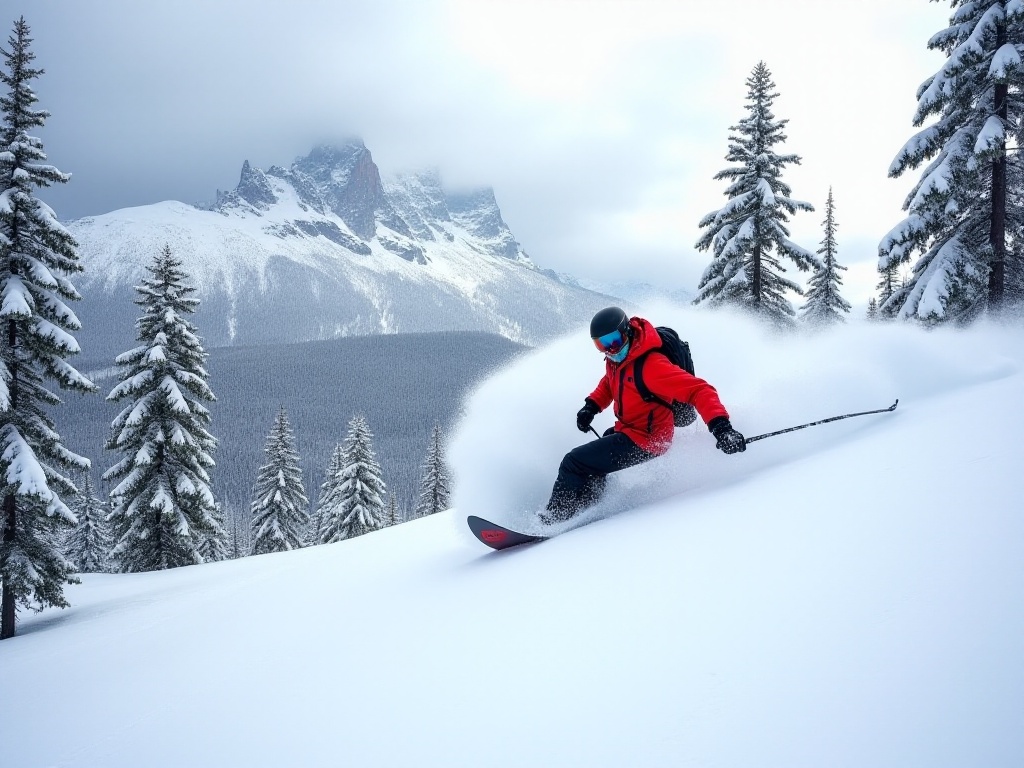
Weather Impact
The relationship between skydiving and weather is really subtle. Sometimes the weather looks great on the ground but is completely different at altitude. I've experienced several times where it was sunny on the ground, but thick clouds and poor visibility at altitude forced us to return.
Wind speed is one of the most crucial factors. I remember once when ground wind speed was only 15 kilometers per hour, but at 10,000 feet it reached 40 kilometers per hour. Skydiving in such conditions is really dangerous as it's difficult to control landing position. Now I carefully check weather forecasts before each jump, especially high-altitude wind speed data.
Temperature is also an important consideration. At altitude, temperature is usually 10-15 degrees lower than ground level. Summer jumps might feel fine, but winter really tests your willpower. I once went winter skydiving and felt almost frozen at altitude, so I've been particularly careful about staying warm since then.
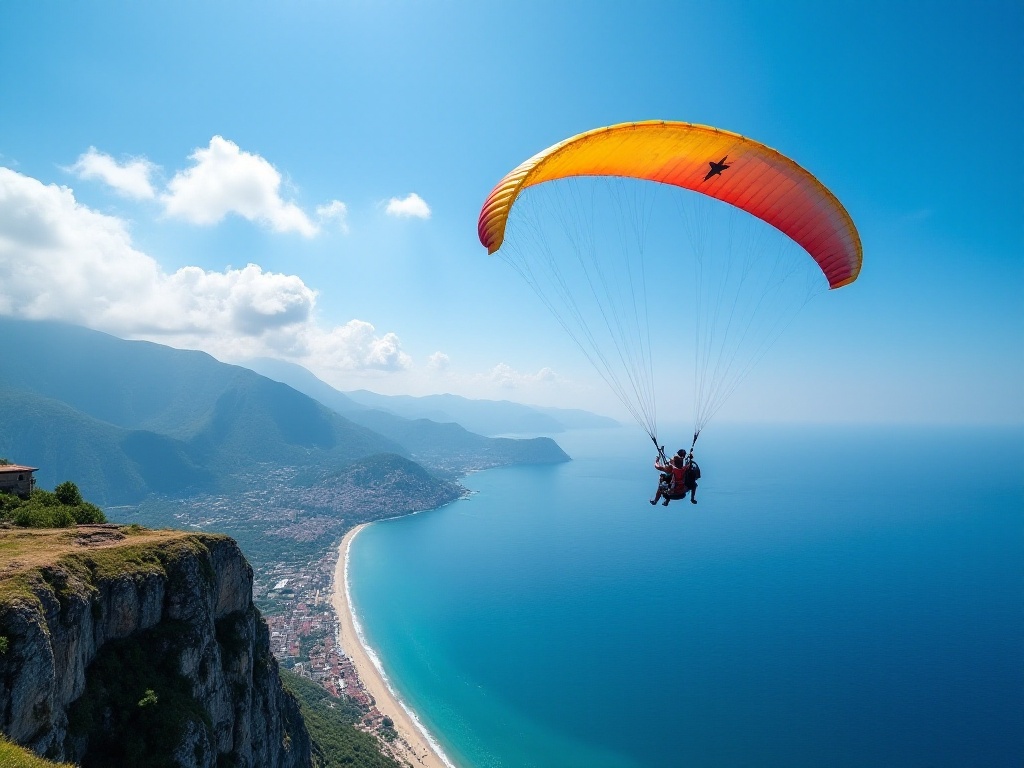
Cost Budget
Many people think skydiving is expensive, but it's mainly the initial investment that's large. If you jump regularly, the average cost isn't too bad. Let me break down the costs: a single tandem jump does cost 1500-2000 yuan, but with club membership and annual passes, each jump might only cost 700-800 yuan.
Equipment investment is significant, with a complete set costing at least 30,000-40,000 yuan. However, this equipment can last many years and holds its value well. I know a skydiving instructor who sold his 5-year-old equipment for half its original price.
Beyond basic costs, there are training fees to consider. Professional training courses usually cost 7,000-10,000 yuan, including theory and practical training. It seems like a significant expense, but for safety, it's worth it.
Additionally, advanced training or certification requires extra fees. For example, formation skydiving training usually costs 2,000-3,000 yuan per session. But these are optional and can be decided based on personal circumstances.
Location Recommendations
Choosing a skydiving location is really important, as different places offer completely different experiences. In China, I most recommend Sanya. The climate is suitable for skydiving almost year-round, and the aerial view of the islands is amazing.
The Moganshan drop zone is also good, especially in autumn when you can see mountains full of red leaves - it's incredibly beautiful. However, the weather there changes frequently, so it's advisable to monitor forecasts carefully.
Zhangjiajie offers a unique skydiving experience, with aerial views of peculiar peaks like a Chinese ink painting. However, due to complex terrain, it requires higher skill levels, so it's recommended for more experienced skydivers.
International skydiving destinations are even more numerous. Queenstown, New Zealand is absolutely a must-visit, where you can see snow-capped mountains, lakes, and grasslands simultaneously - the scenery is breathtaking. I was speechless on my first visit and specifically returned twice more.
Switzerland's Interlaken is also a world-class skydiving destination, with unforgettable views of the Alps from above. Though more expensive at around 3,000 yuan per jump, it's absolutely worth the price.
Experience Summary
After these years of skydiving experience, I really feel I've grown a lot. I used to think I was timid and afraid to try anything, but through skydiving, I discovered I could be very brave.
Skydiving has taught me not just a sport skill, but more importantly, an attitude toward facing fear. Every time I stand at the aircraft door, I'm still a bit scared, but the moment I jump, I realize fear isn't as terrible as imagined.
Through skydiving, I've also met many like-minded friends. On the ground, we might be ordinary people from various professions, but in the sky, we all become freedom-seeking flyers. This feeling is really magical.
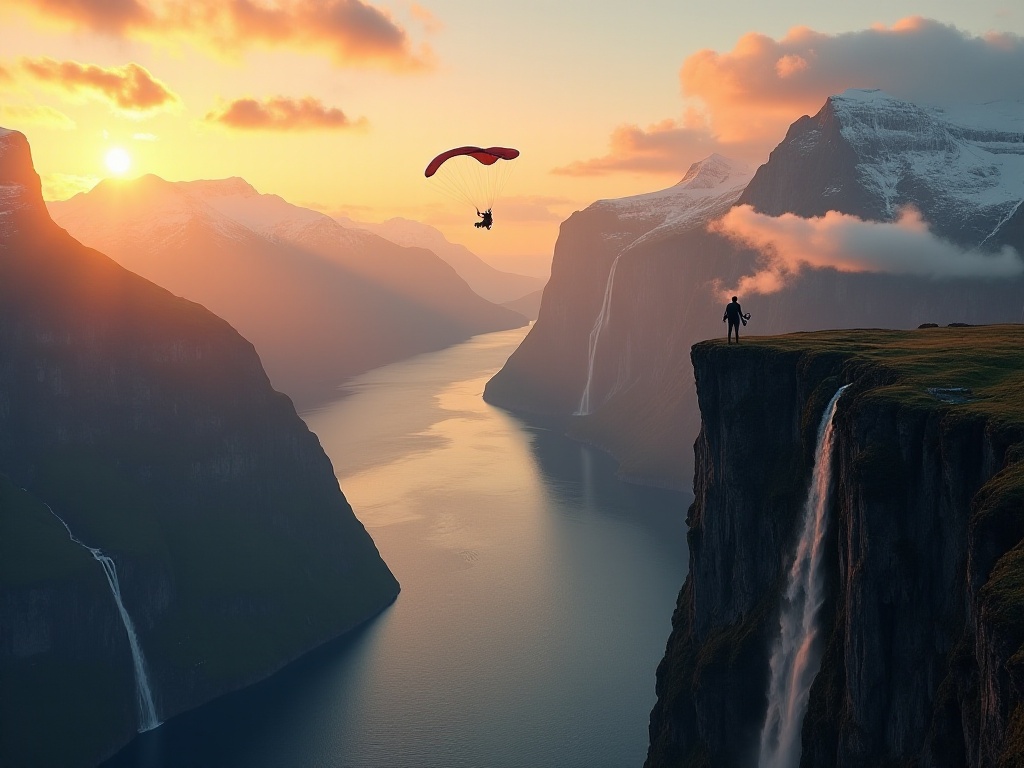
Future Outlook
With technological development, skydiving equipment is becoming increasingly safe and smart. There are now electronic devices that can display real-time altitude, speed, and position, making skydiving more precise and safe.
Many drop zones now offer full-flight video services, recording the entire skydiving process. These videos aren't just precious memories but also help skydivers analyze and improve their techniques.
I believe skydiving will become more popular in the near future. Just as skiing has become a must-do winter sport for many young people, perhaps one day skydiving will also become a mainstream sport.
For friends still hesitating about trying skydiving, my advice is: just go for it! You might be nervous the first time, but trust me, the moment you actually jump, you'll discover you're braver than you imagined. The sky won't disappoint those who are brave, and the biggest regrets are always the things we never tried.
So, are you ready? Let's soar together in the blue sky!


